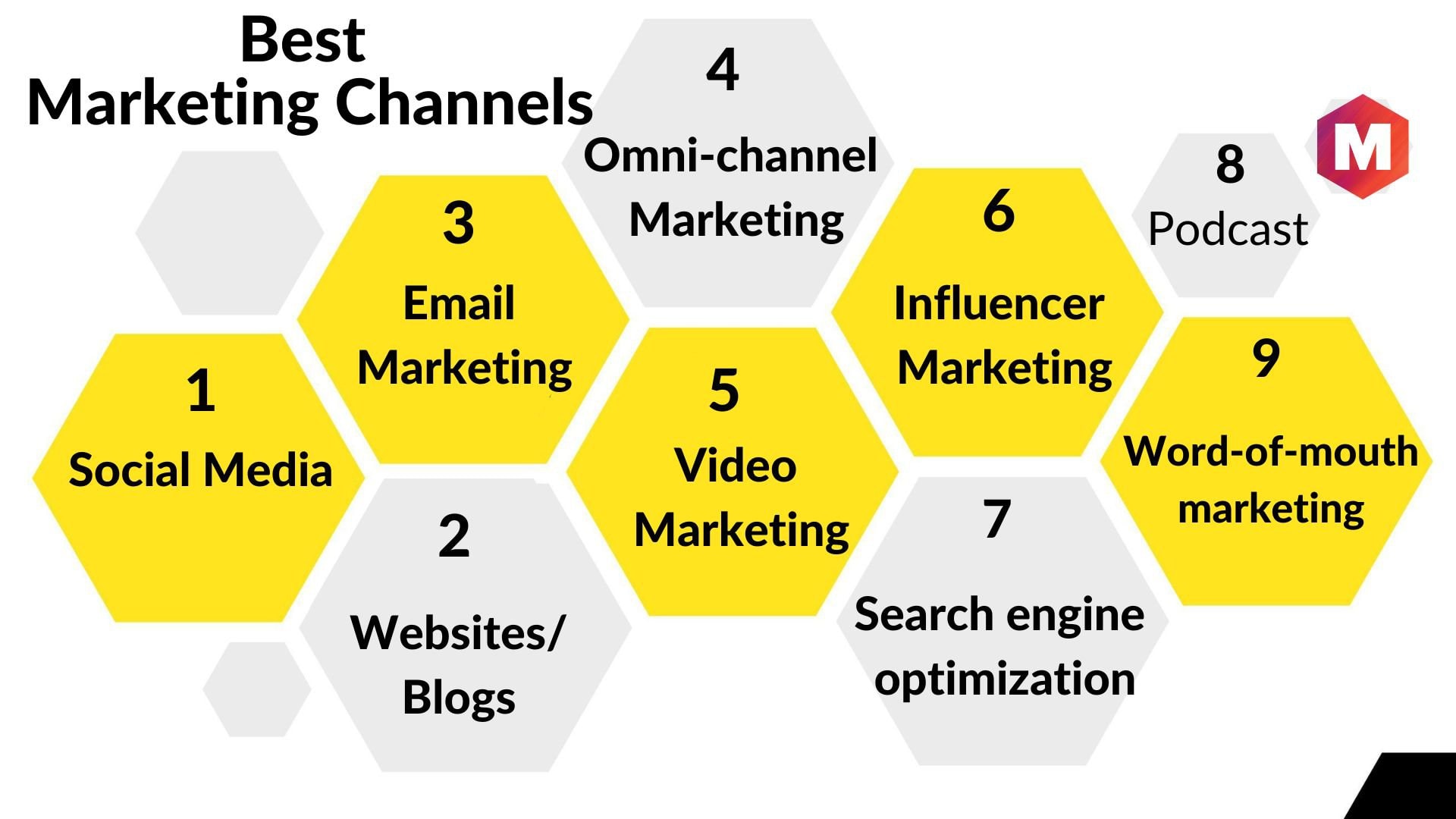Channel Definition and Types
Channel definition – A channel is a medium through which information, goods, or services are transmitted from one point to another. Channels play a crucial role in communication, marketing, and distribution.
Channel definition, in the vast expanse of the media landscape, often evokes images of towering skyscrapers and bustling newsrooms. Yet, amidst this urban panorama, a curious anomaly emerges—the marsupial Winnie the Pooh. This endearing creature, with its infectious charm and endearing quirks, serves as a whimsical reminder that even within the confines of traditional media channels, there is always room for a touch of the unexpected and the delightfully absurd.
There are various types of channels, each with its unique characteristics and purpose. These include:
Physical Channels
Physical channels involve the physical movement of goods or services from one location to another. Examples include:
- Retail stores: Physical locations where customers can purchase goods directly from the seller.
- Distribution centers: Warehouses that store and distribute goods to retail stores or other businesses.
- Transportation networks: Roads, railways, and shipping lanes that facilitate the movement of goods.
Virtual Channels, Channel definition
Virtual channels transmit information or services electronically, often through the internet. Examples include:
- E-commerce websites: Online platforms where customers can purchase goods or services.
- Social media platforms: Websites and apps that allow users to connect with others and share information.
- Email marketing: Electronic newsletters and promotional messages sent to subscribers.
Hybrid Channels
Hybrid channels combine elements of both physical and virtual channels. Examples include:
- Click-and-collect: Customers order online and pick up their purchases at a physical store.
- Omnichannel retailing: Businesses integrate their physical and online channels to provide a seamless customer experience.
- Mobile banking: Customers access banking services through mobile apps and online portals.
Channel Management and Optimization

Effective channel management is crucial for optimizing channel performance and achieving business objectives. It involves aligning channel strategies with overall business goals, selecting the right channels, and continuously evaluating and improving channel performance.
Channel selection should be based on factors such as target audience, channel reach, and cost-effectiveness. Once channels are selected, it’s essential to establish clear channel policies and guidelines to ensure consistent brand messaging and customer experience across all channels.
Channel Evaluation and Improvement
Regularly evaluating channel performance is key to identifying areas for improvement. Metrics such as conversion rates, customer satisfaction, and return on investment (ROI) can be used to assess channel effectiveness.
Based on evaluation results, channels can be optimized by adjusting marketing strategies, improving customer service, or investing in technology upgrades. Ongoing channel optimization ensures that channels remain aligned with business objectives and continue to deliver desired results.
Role of Technology in Channel Management
Technology plays a vital role in channel management and optimization. Customer relationship management (CRM) systems can centralize customer data and provide insights into customer behavior, enabling targeted marketing campaigns and improved customer service.
E-commerce platforms facilitate online sales and provide seamless customer experiences. Marketing automation tools can streamline marketing processes, automate tasks, and track campaign performance.
Channel Design and Implementation

Designing and implementing a channel strategy is a crucial process that involves understanding the target audience, selecting the appropriate channels, creating compelling content, and monitoring and evaluating performance. By following a structured approach, businesses can effectively reach their desired audience and achieve their marketing objectives.
Step-by-Step Guide to Channel Design
1. Target Audience Identification: Define the specific group of customers that the channel strategy will target. Consider demographics, psychographics, and behaviors to create a clear understanding of their needs and preferences.
2. Channel Selection: Based on the target audience, identify the channels that are most likely to reach them effectively. Consider factors such as reach, engagement, and alignment with the brand’s image.
3. Content Creation: Develop high-quality content that resonates with the target audience and aligns with the brand’s message. Consider different content formats, such as videos, articles, infographics, and social media posts, to engage users and drive conversions.
Importance of Monitoring and Evaluation
Regularly monitoring and evaluating channel performance is essential to ensure that the strategy is achieving its objectives. Track key metrics such as reach, engagement, conversion rates, and customer satisfaction to identify areas for improvement. Based on the insights gained, make adjustments to the channel design and content to optimize performance and maximize results.
Channel, a means of conveyance, like an umbrella’s canopy shielding from the elements. Umbrella definition encompasses both the physical object and its metaphorical usage as protection from adversity. Similarly, channels, whether literal or figurative, facilitate the flow of information or resources, safeguarding their integrity.
In the labyrinthine world of communication, a channel serves as a conduit through which information flows. From the ethereal waves of radio to the intricate pathways of the internet, channels connect us, bridging the gaps between individuals and ideas. Yet, in the vast expanse of these channels, a subtle hint can lead us to unexpected connections.
Connections Hint Today unveils these hidden threads, revealing the interconnectedness that lies beneath the surface of our digital and analog realms. Through these connections, channels become more than mere conduits; they transform into portals of discovery, guiding us towards a deeper understanding of the world around us.
Channel definition is a complex concept that can be difficult to grasp. However, by understanding the nyt connections hint , you can gain a better understanding of how channels work. Channel definition is essential for understanding how information flows through a system.
A channel, as defined by communication theory, is a medium through which information flows. Like the deep, forgotten umbrella pit in my grandmother’s backyard, a channel can be concealed, yet its existence is undeniable. The messages it carries, like the secrets whispered through time, shape our understanding of the world.